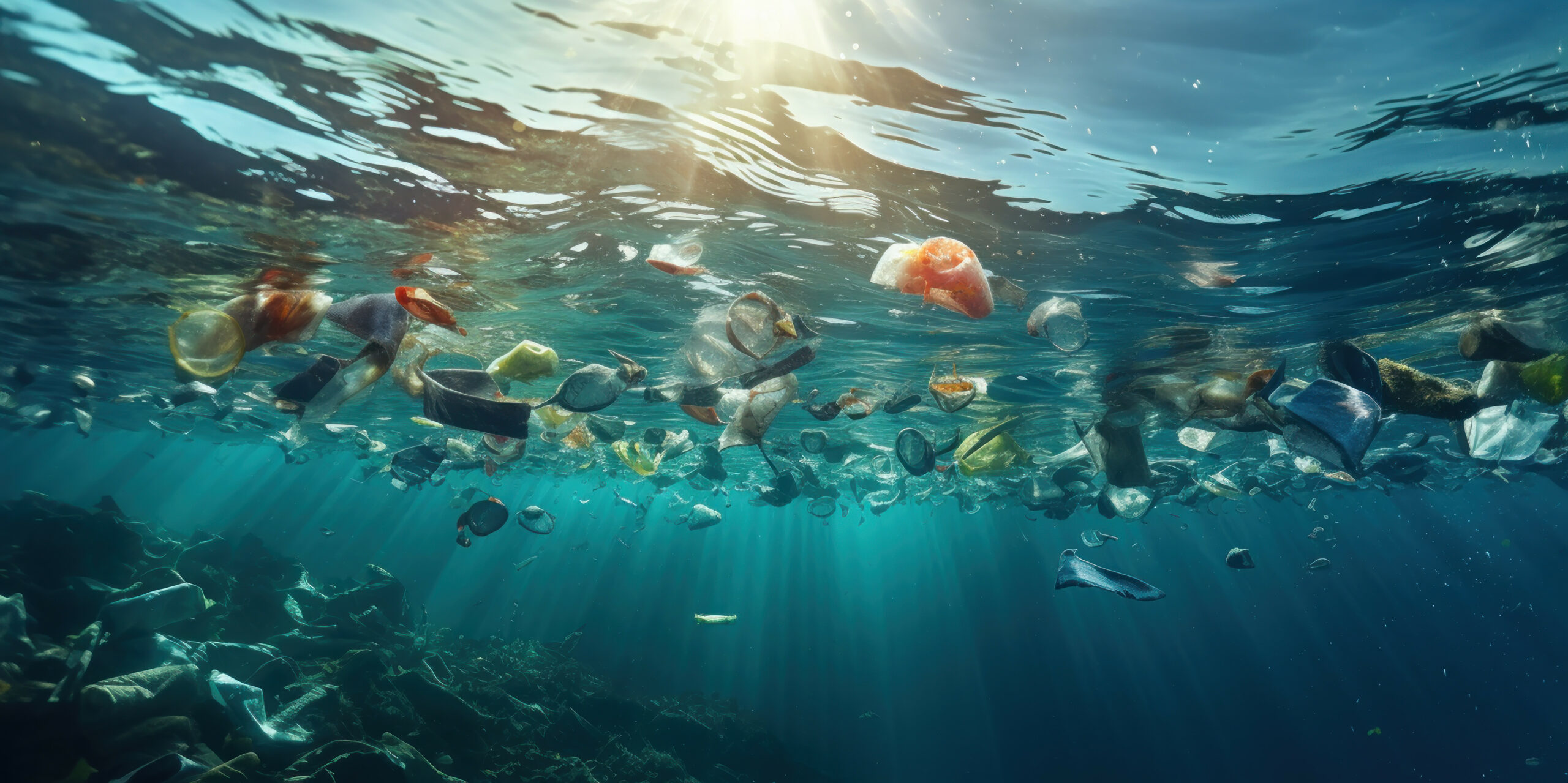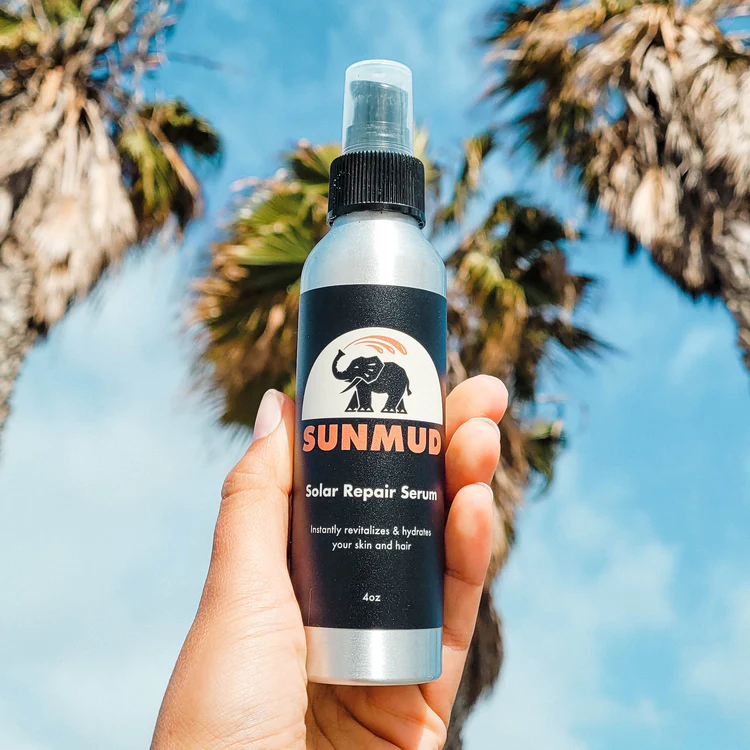By Dr Richard Smith – OceanRealmImages.com
At the heart of Southeast Asia’s Coral Triangle, the area with the world’s highest marine biodiversity, I watched three Denise’s pygmy seahorses attempt to strangle each other with their tails. Pygmy seahorses are so small they barely stretch across a dime coin, but I had spent months on the reefs on Indonesia watching their elaborate social and reproductive behaviours for my PhD research.
Land-Based Beginnings
I had always been fascinated by wildlife and wanted to become a zoologist as soon as I learnt the word. Learning to scuba dive at the age of sixteen set me on a slightly different path; I went on to do a degree in Zoology in my native UK, but later moved to Australia to follow my passion for marine creatures whilst studying for my MSc and PhD.
The more I spent time diving around the Coral Triangle countries of Indonesia, Malaysia, Papua New Guinea, Philippines, Solomon Islands and East Timor, the more I learnt about the region’s incredible marine life. It’s surprising how little is actually known about coral reef animals in this part of the world, both in terms of their lives and behaviours, but also the species that exist there. I have seen and photographed many species that had yet to be described. Describing a species is the process by which it gets a formal scientific name.


New Sharks Too
On one occasion, I was diving off a very remote island in eastern Indonesia, called Alor. There, cold waters upwell from the deep Indian Ocean as they flow through Indonesia to the Pacific. The water can be a chilly 60˚F compared to just a mile away in the Indonesian archipelago proper, where it is a stable 85˚F. In these cold waters I came across a 3-foot-long wobbegong shark squeezed under a coral. There are many species of wobbegong in Australia, but they are rare elsewhere and after taking a photo I contacted a colleague who worked on these fish. He informed me that he had described this new Indonesian species only months before from specimens he collected in a market and that these were the first images he’d seen of a live animal.
Whether creatures large or small, the oceans have so much to share with us. My work with pygmy seahorses was always focused on the Coral Triangle region, but over the past few years I have described new species of pygmy seahorses that I identified from Japan and another that was brought to my attention by an eagle-eyed diver in South Africa. The South African species was truly a shock, as it was found several thousand miles from the nearest pygmy seahorse sighting in Indonesia. For me, it was like finding a kangaroo in Norway! Ocean Connectors work is helping future generations to connect to the world beneath and become stewards of our oceans. Who knows what hidden creatures the next generation of marine biologists will find?


My book ‘The World Beneath’ has been a culmination of my work as a marine biologist and naturalist, sharing previously unrecorded behaviours and species from across the oceans. The book contains over 300 of my images, which I have overjoyed to find have made the book accessible to a new generation of ocean enthusiasts. A signed copy will be up for auction at the Ocean Connectors 15th Anniversary Party.
Instagram – @Dr.RichardSmith
Facebook – @OceanRealmImages
Twitter – @Rich_Underwater



